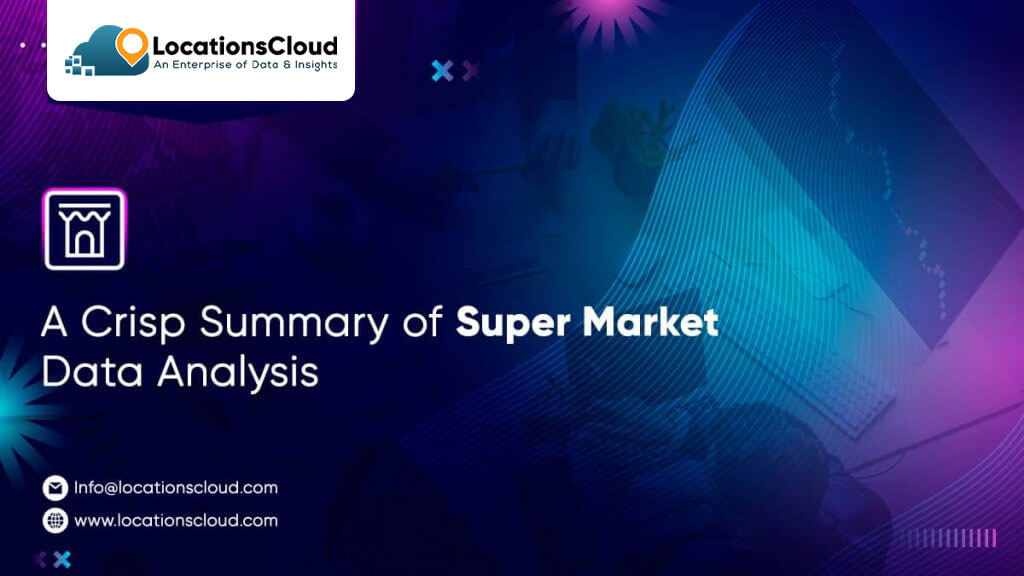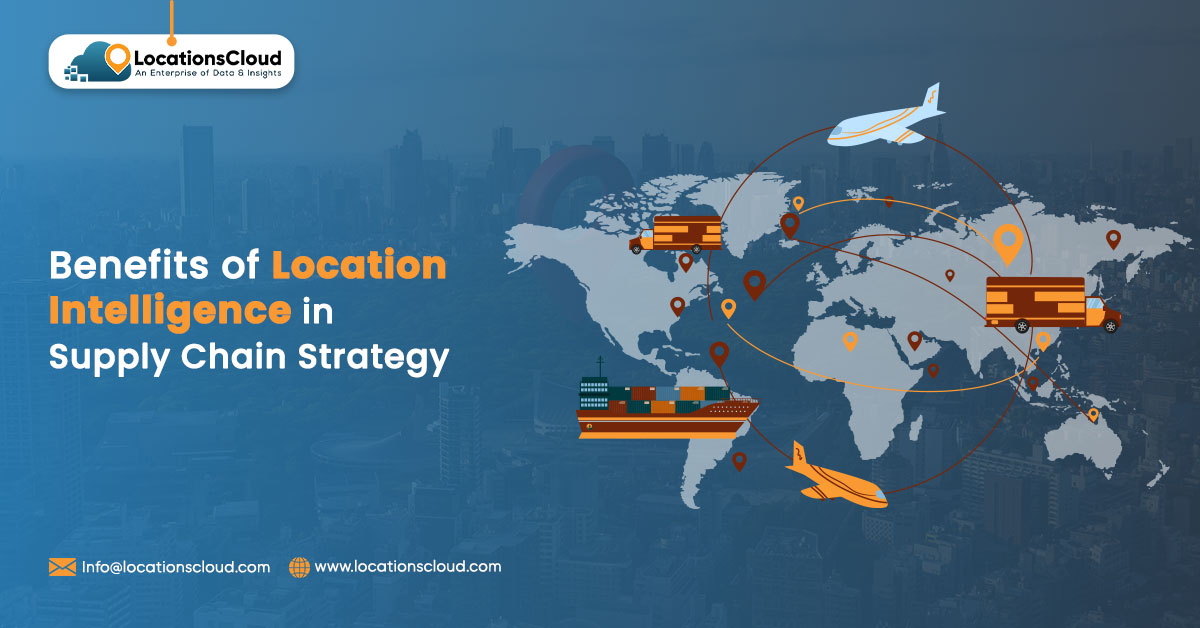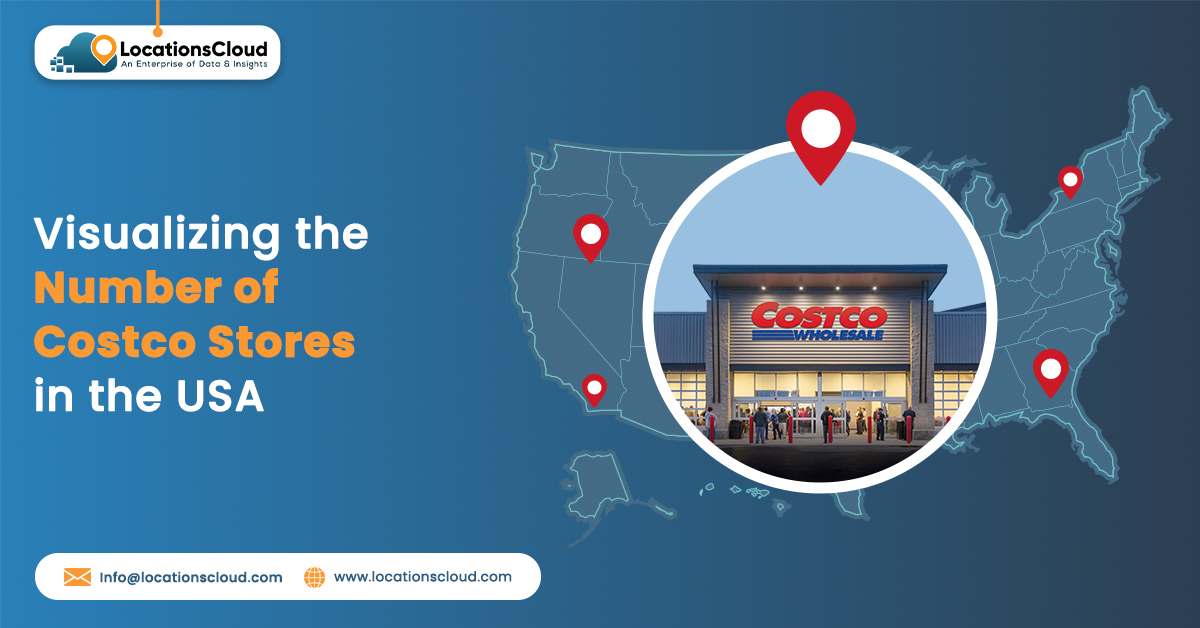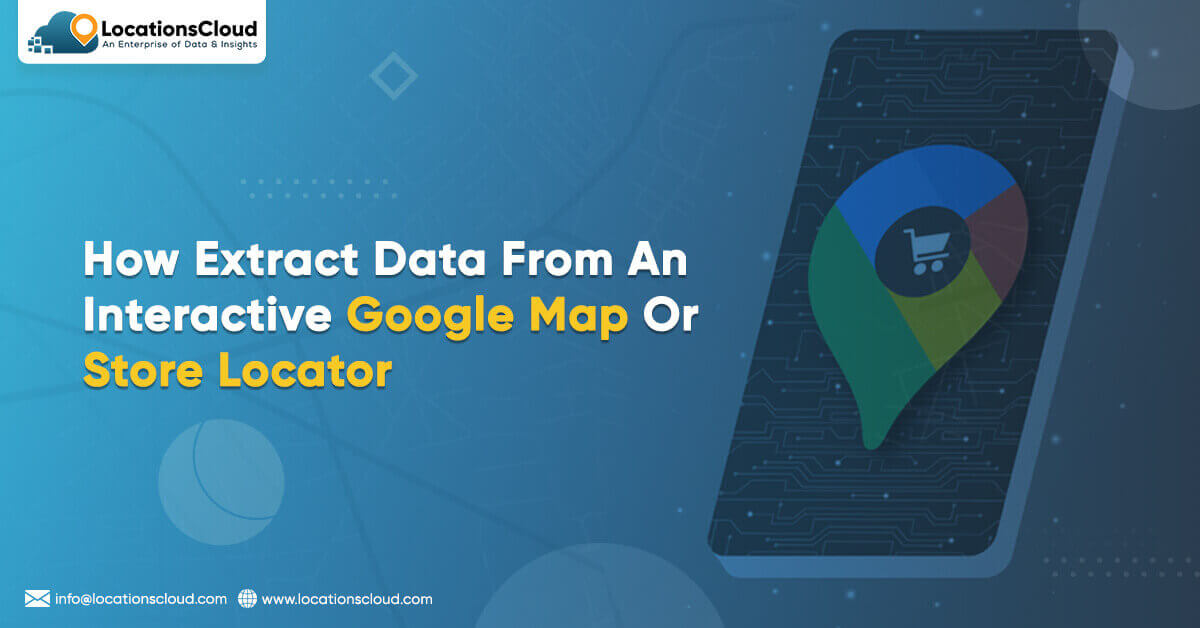
An Introduction to Super Market Data
Since immemorial, supermarkets and grocery stores have been part and parcel of human lives. However, what makes 21st-century supermarkets stand out is Big Data. The grocery stores we visit know much more about us than we think. With every in-store or online transaction, stores extract invaluable customer data and co-opt it for consumer satisfaction and acquisition. Data is particularly pertinent in the Fast-Moving Consumer Goods (FMCG) sector vis-à-vis profiteering and conversions.
Although some supermarket bigwigs are skilfully and sweepingly appropriating Big Data and Retail Analytics to establish a monopoly, many have been left behind in the race. For example, a 2018 study shows that 50 percent of respondent retailers still did not use Big Data, and an estimated 12 percent had no plans to do so. Thus, the need of the hour is for businesses of all scales and types to take concerted steps to understand their target audience by using the right technology.
The Revolution of the Shopping Experience: The Strategic Co-option of Super Market Data
Super Market Data enables manufacturers and retailers to better understand their shoppers by revealing patterns, trends, and associations relating to human behavior and interactions. Thus, groceries and supermarkets are devising strategies for higher brand loyal, customer satisfaction, price optimization, and supply chain movement. All in all, the correlation between data and grocery shopping is truly transformative.
Marketing Campaigns and Promotions
Data analytics can co-opt the invaluable information consumers generate whenever they purchase, whether online or offline. Thereafter, a lucid customer profile can be created, wherein the grocery business can see the patterns in shopping behavior and then leverage the same. Knowing what and where customers buy their products, spending, and purchasing habits enable retailers to devise tailored marketing and promotion strategies. For instance, in 2012, the giant American retail corporation – Target – used data mining and Retail Analytics to discover that a teen girl was pregnant before her father did. Well, that is the ‘magic’ of Big Data!
Inventory Management
Secondly, data is transforming the retail sector by optimizing inventory management. In today’s day and age, it is not sufficient to replenish the items low on stock. Preemptive knowledge of the items that will potentially run low and the best-selling products to stock up on is crucial. Real-time data analysis helps supermarkets to forecast future sales and item demands. Thus, strategic inventory management becomes possible. The culmination is reduced inventory cost, general availability of high-demand stock, and increased revenue potential.
Pricing
Lastly, the way by which data is revolutionizing the retail sector is through price optimization. The supermarket sector is characterized by cutthroat competition. But, determining the right price is a foolproof way to attract customers and earn loyalty. The significance of price optimization via data has pertinent significance because a recent study by McKinsey shows that an estimated 30 percent of pricing decisions made by companies fail to result in the optimal price point. Thus, data co-option becomes crucial to get out of such a rut. By evaluating real-time sales numbers and customer feedback, grocery chains can fix the right price, which will evoke a positive response from customers and helps the chain stay profitable.
Big Data Applications in the Food and Beverage Industry: A Case Study
The potential of Big Data for retailers is massive. However, the usages of Retail Analytics are industry-specific. Let us examine it by taking the example of the food and beverage sector.
Inventory Analysis
Super Market Data can help those in the food and beverage business maintain a profitable level of inventory. Needless to say, the accurate prediction of inventory levels is especially pertinent within the food and beverage sector as it is mostly constituted of perishable goods. Research shows that 1.3 billion tonnes of food globally are wasted, and supermarkets can help reduce the number. Using Big Data to invigilate inventory levels closely can help cut down on overstocking.
Besides, with the right Retail Analytics, enterprises can recognize the most profitable items. Thus, it becomes possible to redirect the marketing focus to areas with scope. Thus, metrics and numbers can also help determine how quickly the promoted products are emptied from the shelves and predict when they might need a restock. Thus, the culmination is space optimization, satisfied customers, increased profits, and decreased waste. Businesses within the food and beverage industry can perform such an analysis by observing the first few hours of a sale.
Customer Loyalty
Loyalty programs are both the means and end to effective data analytics. They can provide a comprehensive insight into customer choices at an individual and collective level. Then, the extracted data can be co-opted to facilitate targeted marketing and promotions and ensure customer loyalty. Identifying which products a customer frequently buys and then offering a deal for it around the approximate next time they might want to buy it is a good way to go about with Retail Analytics.
Similarly, businesses in the food and beverage sector can use data to gauge when a customer turns to a competitor for a specific product. For instance, if an individual who was a weekly fish buyer stops abruptly, it signals that your prices may be too high or quality too low, and the customer has resorted to a competitor. Thus, it is possible to offer specific customer coupons and discounts for fish and lure them back.
These are four ways in which supermarkets might benefit from data analytics:
Inventory Management – The heart of a grocery business is inventory management. Data can help supermarkets gain invaluable insights on capricious customer demand, seasonality, perishability, etc., and prevent them from adversely affecting the inventory. Likewise, with full control over inventory backed by Big Data, grocery chains can plan a better replenishment schedule, send targeted marketed messages to mitigate large stockouts, and more.
Online Shopping – Online grocery shopping is growing at an unprecedented rate. In fact, 70 percent of US shoppers will buy their groceries online. Thus, most grocers already have a hybrid (online-offline) model. But, a large chunk of the groceries hints towards dissatisfaction with their online profitability. However, by strategically using customer data, online groceries can determine the most lucrative way to organize digital orders.
Marketing – Personalized marketing is pivotal to staying afloat as a profitable grocery business. For instance, a survey shows that 43 percent of consumers in the USA pay more for products from brands they are loyal to. Thus, by co-opting Big Data, supermarkets can curate customized marketing messages and send them to the right customer at the right time. For instance,
Rentability – Last but not least, grocery chains can use Big Data to devise a strategy for seamless customer experience by optimizing the prices of products. By tracking sales and considering customer feed, a grocery store can determine the price at which demand for a specific item is highest among consumers.
Conclusion
So, there we have it, a crisp overview of Super Market Data analysis and how it can be co-opted to revolutionize the retail sector.



